The Apple AR/VR Headset Is Coming! Here Is What We Know So Far
The tech revolution marches on, and Apple wants to lead the charge. Virtual and augmented reality is one of the following big things for the gadget world, so the fruity company will release a new AR/VR headset next year. Should you follow the hype?
More companies have been creating hardware and software that expand the use-cases of mixed reality. Soon, we will see people worldwide apply it in their daily lives, so you should keep track of its developments. Apple fans may want to follow along too!
We will discuss the latest rumors surrounding Apple’s AR/VR headset, from its proposed names to its confirmed chipset. Note that many of these may differ from the final release. Afterward, we will talk about some of the features that users want.
Here are the topics we will discuss regarding Apple’s mixed reality headset:
- The possible names
- Design of the Apple headset
- The AR/VR headset tech
- Integration with realityOS
- The chip inside Apple’s headset
- Rumored release date and price
1. The possible names
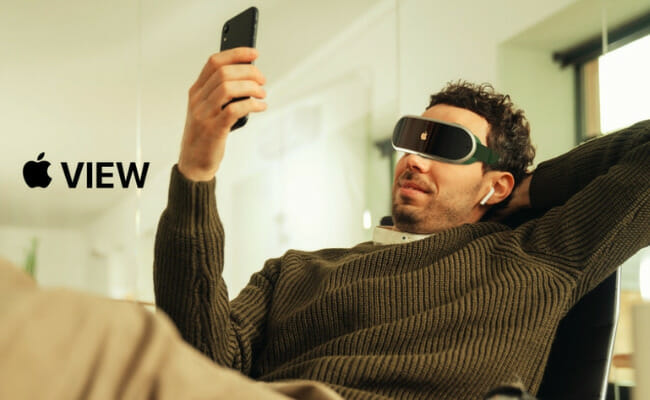
Photo Credit: winbuzzer.com
People who have been following AR/VR trends speculated on what will be the name of Apple’s mixed reality headset. Many expect the tech firm to call it the “Apple Glass.”
Prominent tech insiders, such as Apple reporter Jon Prosser, have floated this idea. He shared his thoughts about Apple’s AR/VR headset in a 2020 YouTube video.
Later, Bloomberg reported Mark Gurman rejected Prosser’s idea as he doubted Apple would use that name because it sounds similar to the failed Google Glass. Instead, he suggested the following names:
- Gurman said the tech firm would most likely use the name Apple Vision. He said it “sounds futuristic, doesn’t reference any particular technology or feature, has an optimistic vibe, and doesn’t box the product into anything other than being a new visual medium.”
- He also placed the name Apple Reality at a close second because it refers to the “realityOS,” the alleged operating system of the upcoming AR headset. Moreover, it allows Tim Cook’s company to extend the name to its next AR glasses.
- Gurman also proposed the name Apple iSight, referencing the old iSight webcam. On the other hand, Apple may simplify it to the Apple Sight.
- He said that the mixed reality headset might also go by Apple Lens. Yet, he admits this is unlikely because it sounds like the Microsoft HoloLens name.
- Gurman poked fun at Apple’s headset by suggesting the name Apple Googles. Of course, the tech firm will probably not use the name because it brings swimming goggles to mind.
- The Apple insider also shared some acronym-based names like Apple VR, Apple AR, Apple XR, Apple SR, and Apple MR. Yet, Gurman said they do not appeal to mainstream users who may not know what the two letters mean.
2. Design of the Apple headset
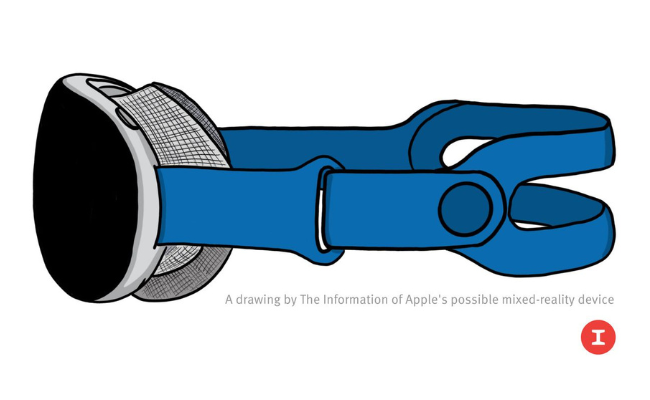
Photo Credit: www.theverge.com
Before discussing the design of the mixed reality headset, we have to talk briefly about this “mixture.” Apple’s headset will combine virtual reality and augmented reality.
You may have seen the former depicted by people wearing VR headsets. These devices allow you to enter virtual reality, a computer-generated world that seems like you inhabit the virtual space.
VR headsets wrap around your head and cover your eyes to immerse you into the world fully. Also, these gadgets usually come with two controllers that let you interact with objects inside.
On the other hand, augmented reality adds digital objects into your view of the world. For example, Pokemon GO is an AR game that projects virtual pets onto your camera’s view.
This feature lets you view and catch Pokemon through your phone. The app “augments reality” by allowing you to see digital stuff in real life. How can you combine augmented reality and virtual reality into a single headset?
The rumors say the upcoming AR/VR headset will wrap around the user’s head. Unlike VR headsets, the Apple AR headset will not have cords and wires, allowing the head to move freely.
The AR headset should let you see your environment, so it must have cameras. According to a 2021 report from The Information, the Apple headset will have a dozen cameras and LiDAR sensors.
LiDAR means “Light Detection and Ranging,” so the sensors measure the duration needed for light to reflect surfaces. As a result, the mixed reality headset can create a digital map of your environment.
Later, The Information said that the Apple VR headset would have 14 cameras. However, Apple analyst Ming-Chi Kuo asserted that it would have 15 cameras: one for environmental detection, six for “innovative biometrics, and eight for AR.
3. The AR/VR headset tech
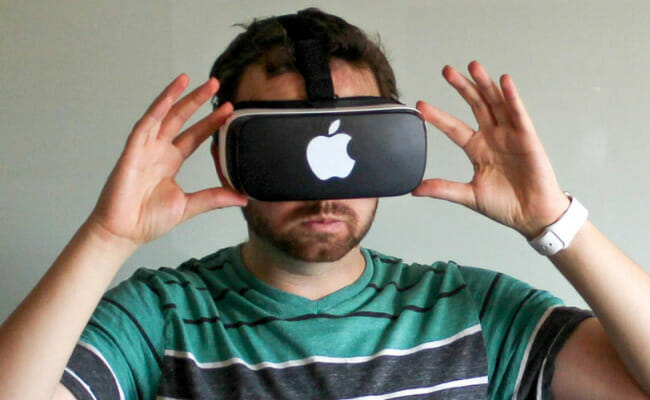
Photo Credit: www.techradar.com
Analyst Ming-Chi Kuo said that this mixed reality headset will be “the most complicated product Apple has ever designed.” The rumored features could support this statement if it becomes true.
The Display Supply Chain Consultants (DSCC) said that Sony is making 4,000 x 4,000 displays with 4K resolution and 1.4-inch diagonal for the AR/VR headset.
DSCC added that Apple might include three displays: the two Sony displays and a larger rear AMOLED display with lower resolution. According to its report, this combination allows Apple to create a foveated display.
The Apple AR headset will automatically zoom in and out while looking intently at a subject. Moreover, this advanced VR headset will come with a “thimble-like” device.
This device would replace the controllers usually found with other headsets. According to analyst Ming-Chi Kuo, it could offer hand gesture controls and object detection.
He said “highly sensitive 3D sensing modules” would make these features possible. Ming-Chi Kuo shared the following details about the wearable device:
“The AR/MR headset can detect not only the position change of the user or other people’s hand and object in front of the user’s eyes but also the dynamic detail change of the hand.”
Apple Insider found a patent that may provide clues about the hand-tracking device. This tech company has developed “smart rings” that allow finger and hand tracking.
Ming-Chi Kuo also said that the upcoming headset would have Wi-Fi 6E support. It would enable Apple’s device to connect to other gadgets and transfer data with low latency.
In other words, the AR glasses may let an iPhone or Mac transmit data. As a result, the Apple glasses will not need the excessive wires expected of a VR headset.
4. Integration with realityOS
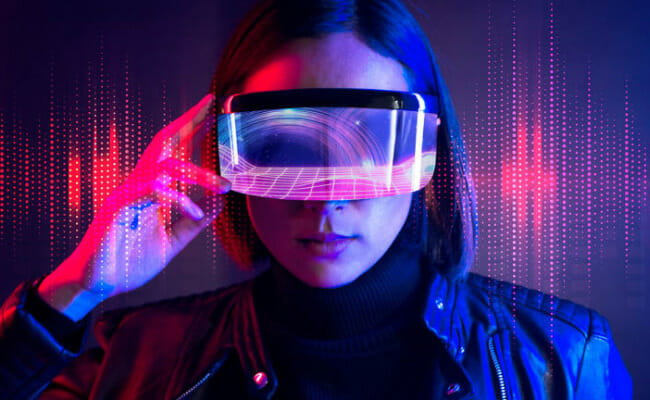
Photo Credit: roundtable.io
We discussed how the AR/VR headset would have more than ten cameras and sensors. It will need powerful software to run that much hardware. That is why it will have the realityOS.
The name stands for “Reality Operating System.” Matthew Davis, an iOS developer, showed a seemingly legitimate Apple GitHub page that reveals the name of the software.
What will the realityOS bring to this Apple AR headset? Aside from running the cameras and sensors, it will enable an exclusive App Store for the device.
The app catalog will focus on video streaming, conferencing, and gaming. Bloomberg said it would be an “all-encompassing 3D digital environment.”
Apple might be planning to collaborate with media partners to make VR content. Moreover, it may offer VR FaceTime-like features like Animojis.
The feature lets you appear as a 3D Memoji character in video conferences. It will trace your facial features, so your avatar may convey your expressions.
What’s more, the AR/VR headset may offer SharePlay. It was an iOS 15 feature that may allow the Apple VR headset to link with Apple Arcade, Apple TV+, and other Apple services.
5. The chip inside Apple’s headset
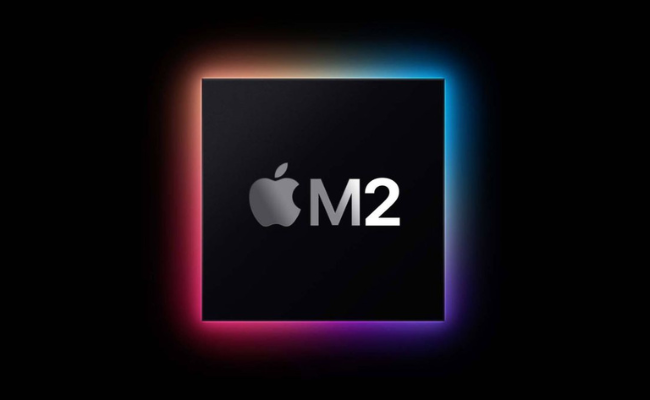
Photo Credit:www.tomsguide.com
The mixed reality headset would need a powerful chipset to operate smoothly. That is why it would contain the most powerful chip from Apple.
The Apple AR headset will feature the latest M2 chip that powers the current MacBook Air and Pro. The tech firm said its graphics processing unit (GPU) is 35% faster than the M1.
Previous rumors suggest that the advanced VR headset could have the M1 and M2. The former would process information from the sensors. Yet, the M2 offers enough performance to rival VR headset competitors like Meta’s Quest 2.
The latest leaks say that the Apple VR device will have two M2 chips, one more powerful than the other. The setup mimics the rumored M1 & M2 combination.
The lower-end processor could be a 4-nanometer chip, while the other might be a 5-nanometer chip. Moreover, the Apple VR gadget will not depend on a Mac or iPhone for processing power.
Instead, it will have an independent data storage and power unit. At the time of writing, Apple finished optimizing wireless data transmission and power efficiency to maximize battery life.
They seem to have no neural engine like the other Apple processors. Also, we cannot confirm the actual battery life of these augmented reality glasses.
However, Ming-Chi Kuo said the Apple VR device would have a 96W power adaptor. We do not know if the headset requires such a significant amount of energy or is it only for fast charging.
6. Rumored release date and price
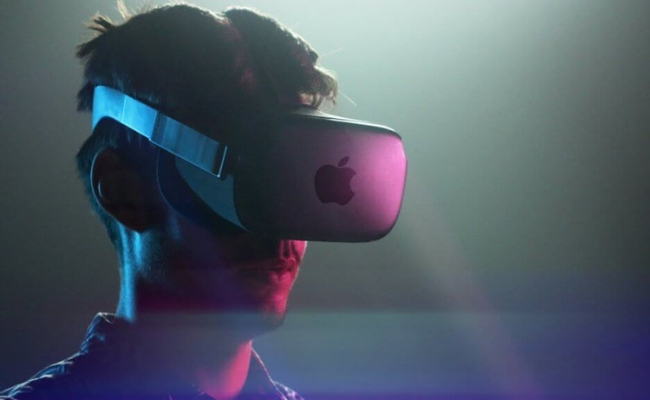
Photo Credit: techthelead.com
Where do the analysts and leakers get their information? Most look to public events like Apple’s Worldwide Developers Conference (WWDC).
The most recent one happened in June 2022. Insiders thought might provide a release date, a complete product reveal, or a sneak peek. Unfortunately, the event concluded without relevant clues.
Yet, Bloomberg reporter Mark Gurman said that Apple’s software hints at the existence of the Apple VR gadget. In his April 2022 Power On newsletter, he noted clues are in the iOS 16 beta version.
His exact words were that the OS was “chock-full of references to the headset and its interactions with the iPhone.” In other words, we may see the AR/VR headset soon.
Some insiders say that it will arrive by the first quarter of 2023. However, Apple analyst Ming-Chi Kuo tweeted that we may see it in the second quarter instead.
He pointed to the Shanghai lockdown as the reason for the delay. At the time of writing, the latest leak from Mark Gurman said Apple pushed the release date back to the end of 2023.
The Information shared details regarding the estimated price. It claimed that the AR/VR headset would cost $3,000. Meanwhile, a Display Supply Chain Consultants report from early 2022 also said it would cost “several thousand dollars.”
The DSCC said Apple chose the hefty price tag for developers and professionals. The goal is to ensure these experts have a device that helps them design apps with AR features.
However, Kuo said that the final product would have a lower price of $1,000. It allows Apple’s VR gadget to return to mainstream consumer territory. Of course, a thousand dollars is still a steep price for most people!
The ultimate plan for Apple products
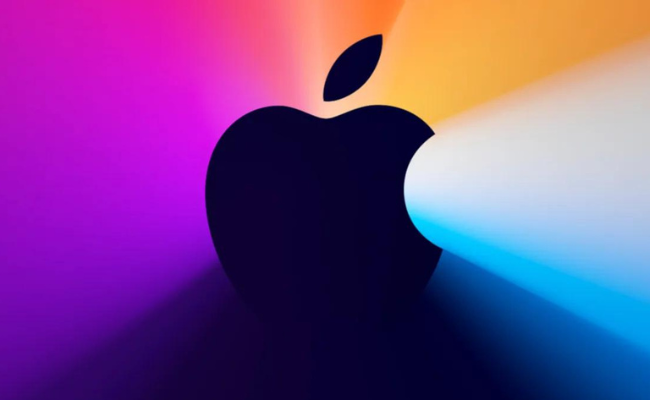
Photo Credit: samacharcentral.com
We have mentioned earlier that the final product could disprove many of these rumors. Apple fans are aware but still looking forward to Apple’s VR offering.
Apple CEO Tim Cook gives hope that we will see this gadget soon. He has shared many details about Apple’s VR/AR headset plans. Cook said it is the first stage of the company’s goal of providing AR experiences.
As we have discussed, they aim to help developers create applications with AR capabilities. As a result, these experts will be ready to release the Apple Glass.
We have talked at length about why the AR/VR headset will not use that name, and the Apple plans are another reason for it. The Glass will look like an ordinary pair of glasses instead of a VR headset.
This Apple AR product will use OLED microdisplays from Sony, with a 0.5-inch display and 1280×960 resolution. Moreover, Apple analyst Kuo said the tech firm would market the Apple Glass as an iPhone accessory.
It would provide a mobile-first “optical see-through AR experience.” Moreover, Jon Prosser reported that the Apple Glass would have a “Steve Jobs Heritage” version.
This Apple AR device could become more affordable than the upcoming AR/VR headset. It may release with a price tag of $499, and people may pay extra to include prescription lenses.
What users want from Apple’s AR/VR headset
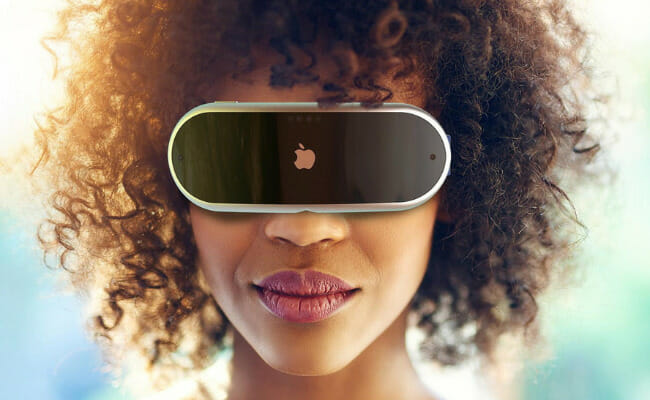
Photo Credit: game-news24.com
We have gone through several details about the upcoming Apple AR device. Do the features seem cool, or do you want more from the gadget?
Apple fans and insiders posted many wishlists about what they wanted from the AR/VR headset. That is why this article compiled some of them. Read below for more details:
- Comfortable design – The problem with many VR headsets is that they are not easy to wear for long periods. After all, a cumbersome device is strapped to your face, fastened by a tight strap. Add the virtual objects, and you would probably feel nauseous after half an hour.
- Long battery life – Another issue with these head accessories is that they quickly run out of energy. For example, the Oculus Quest 2 needs to recharge after running for three hours. The mixed reality headset can have a massive edge over competitors if it can function longer before needing to recharge.
- Fitness capabilities – Perhaps the headset could integrate with the Apple Watch to provide workout metrics. Maybe the headset could help users meet with personal trainers to exercise together.
- Responsive haptic feedback – The “thimble-like” controller of the headset seems interesting, but it must be intuitive. In other words, it should be easy for anyone to operate the hand trackers.
- Quality AR – The AR/VR headset seems like an eyesore, so it should compensate by providing quality AR features. It must help people see what is around them in high-definition without lag.
- Mainstream use – The biggest issue with the headset is that Apple created it for professionals. This product should give regular people a reason to buy it. Otherwise, it may not attract a sizeable customer base.
Conclusion
Apple might release its AR/VR headset by the end of 2023. The rumors suggest that it will have advanced eye-tracking that will automatically zoom into what the user is viewing.
Also, it would have a revolutionary hand motion controller that resembles two rings or thimbles. They would track every finger and hand movement to provide more control over virtual objects.
Note that these speculations may not reflect the final product. Check out the leading digital publisher Inquirer USA for more tech tutorials and updates.
Frequently asked questions
Is Apple making a VR headset?
CEO Tim Cook confirmed that his company is developing a new AR/VR headset that may come out in late 2023. It is part of Apple’s plans to release the Apple Glass later.
How much will the Apple VR cost?
Analysts say the Apple headset might be worth $1,000 to $3,000. They say the high price tag reserves it for developers and other professionals.
Is Apple making smart glasses?
Apple intends to release a pair of smart glasses called Apple Glass after the release of its AR/VR headset. Unlike the latter, it will look like an ordinary pair of glasses.
What is the difference between virtual reality and augmented reality?
Virtual reality lets you experience a computer-generated world as if you are inside. On the other hand, augmented reality lets your view virtual objects in the real world via phones and other devices.
Which is better, VR or AR?
People will prefer virtual or augmented reality depending on various factors. As time passes, Apple and other future brands will offer gadgets that work with these technologies.

